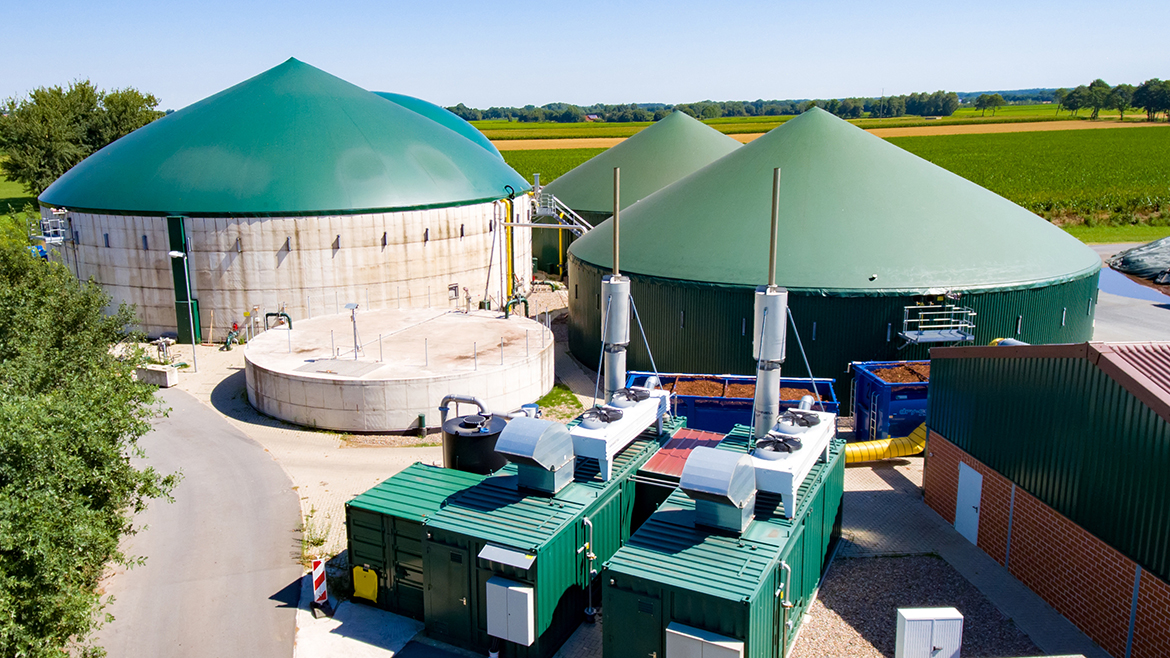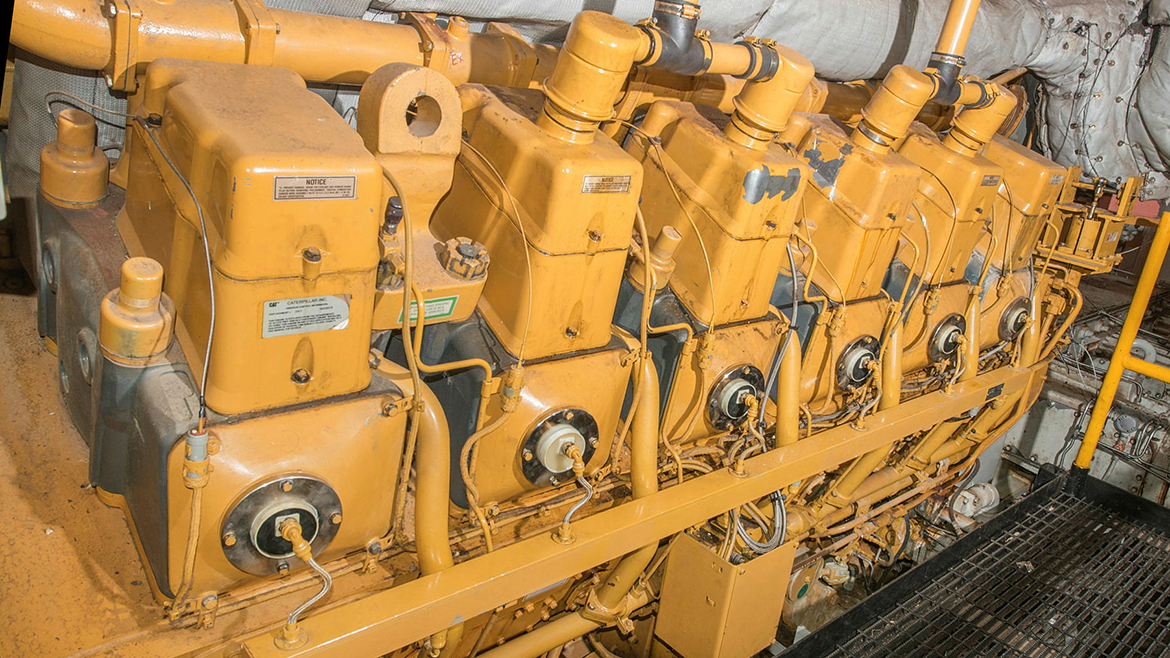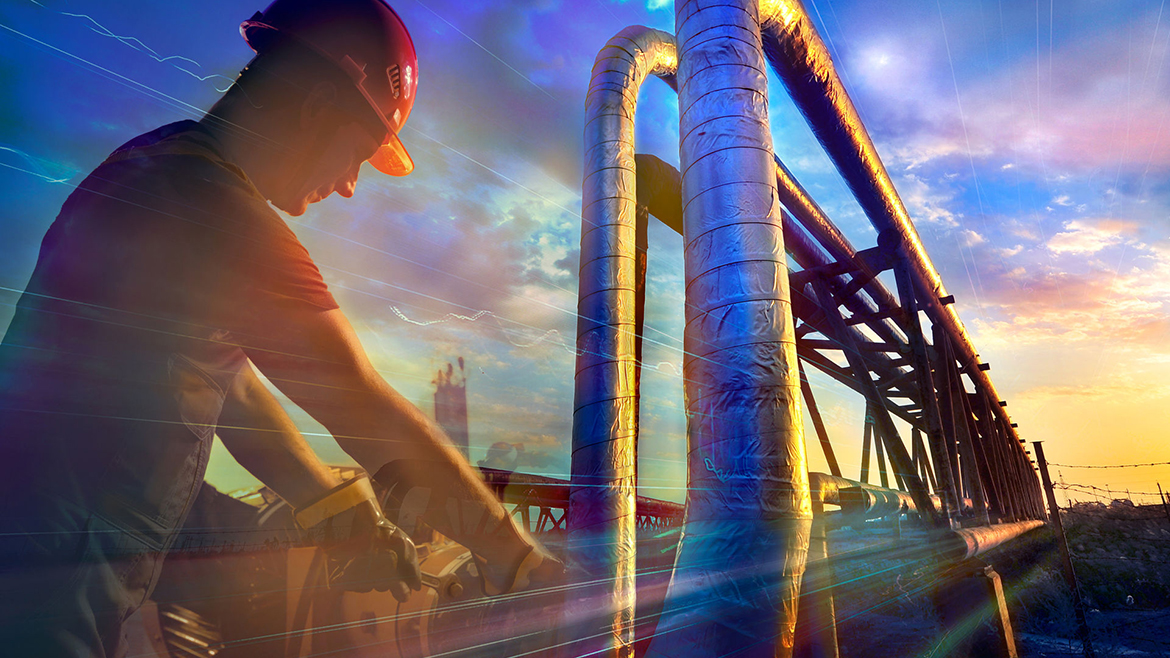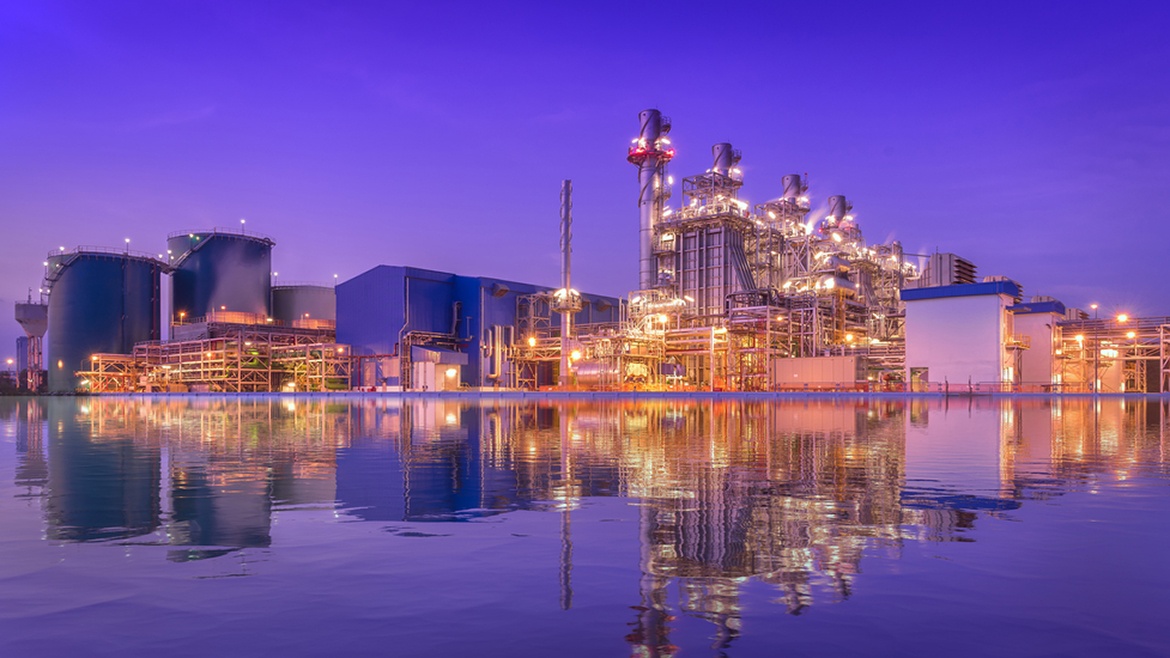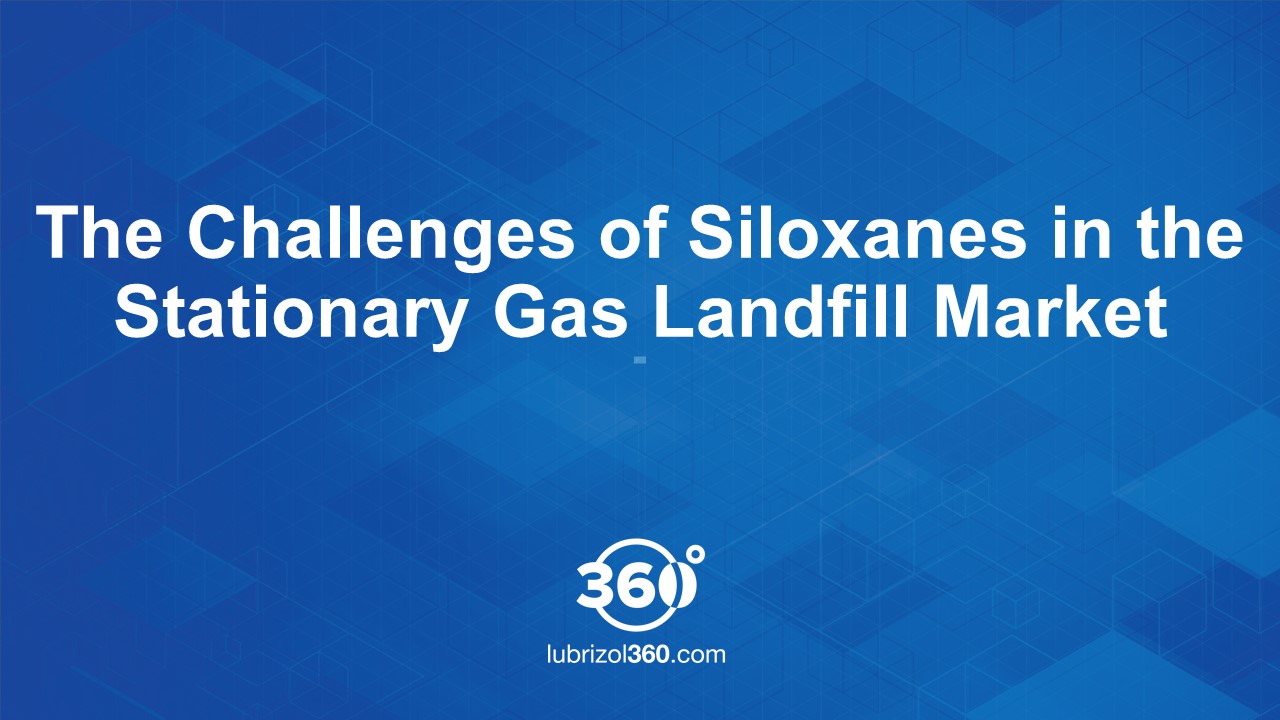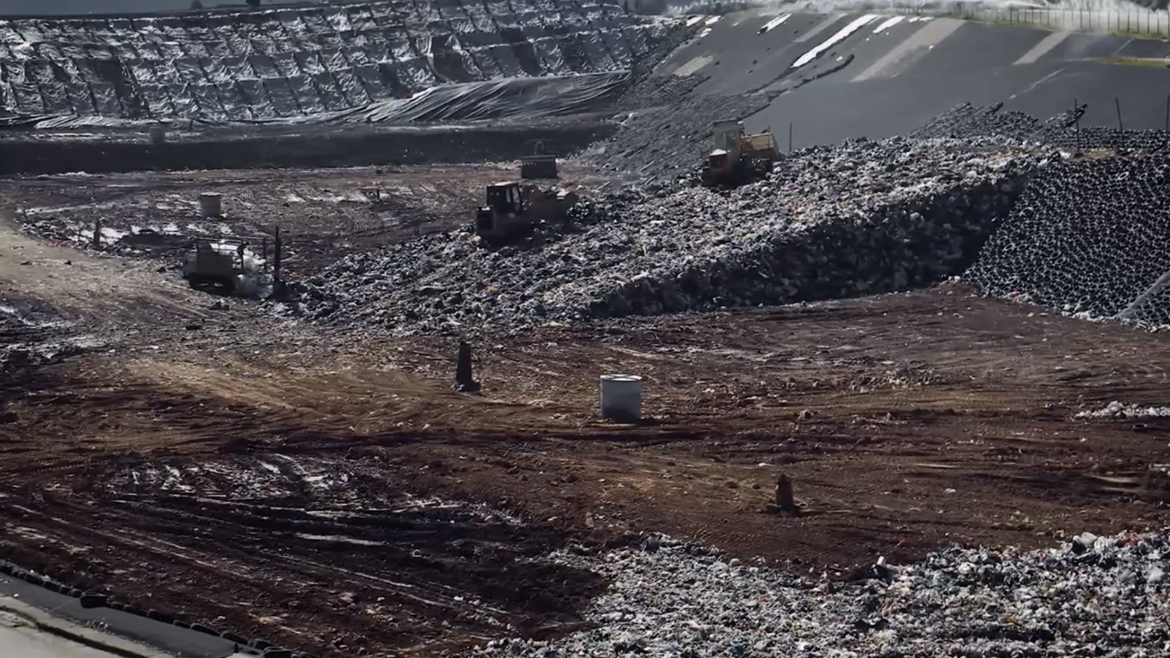Article two of a four-part series, discussing different gas fuels and the process undertaken from their extraction to end use.
In addition to the growing demand for natural gas, alternative gas fuels are increasingly being used for energy production across the world. As we will discuss in this article, their chemical differences have a fundamental bearing on both the hardware design of stationary gas engines used in the process, and in turn the formulation requirements for their engine oils.
Natural gas is a fossil fuel formed from the remains of plants and animals and found in underground geological formations, often alongside other fossil fuels, namely coal and oil. It can be classified as dry, indicating that the level of methane in the gas is more than 85% (sometimes up to 99%), or it can be classified as wet, where the natural gas comprises less than 85% methane, together with other liquids such as butane, ethane or propane. Natural gas is also classified as sweet or sour, depending upon the amounts of hydrogen sulfide (H2S) gas. Sweet natural gas contains trace amounts of H2S, while sour natural gas contains large amounts of this colorless, flammable and particularly hazardous gas.
As well as the significant reserves of cleaner-burning natural gas across the world, alternative gas types are also being utilized, such as biogas and landfill gas.
- Biogas or digester gas, also known as Renewable Natural Gas (RNG), is formed from the biological degradation of organic material from sewage or water treatment and agricultural waste. It is classified as a sour gas, having methane levels typically between 40 to 75% with contaminants such as H2S, nitrogen and high levels of carbon dioxide.
- Landfill gas is formed from decomposing waste from landfill sites. It is a wet gas with methane levels typically between 40 to 60%. As a sour gas, it contains significant levels of carbon dioxide, H2S, chlorine and fluorine compounds as well as siloxanes, which are used in the manufacture of personal hygiene, health care and industrial products.
A wide range of other gases are also being utilized across various industries and parts of the world, including hydrogen fuel gas, steel mill gas, wood gas as well as thermoselect gas, which is recovered from household and industrial waste. Coalbed Methane (CBM) gas is another fuel being utilized in different parts of the world, such as the US, Canada, Australia, Russia and India. In China, as coal is mined from the ground for power generation applications, the CBM gas that comes with it is often used to generate electricity on-site via stationary gas engines. While each of these other gases has their own unique chemistry composition, what brings them together is that they all have a high probability of irregular combustion phenomena.
The processes involved from extracting gas to its ultimate end use are often significant and complex, with many operations requiring the use of stationary gas engines.
Upstream
Stationary gas engines are utilized in gathering pipelines for the extraction of natural gas from under the earth’s surface.
Midstream
Stationary gas engines are utilized to transport the extracted, natural gas by pipelines to processing plants. Once processed, stationary gas engines are utilized in feeder pipelines, transporting the gas to transmission pipelines, where the engines are again utilized to transport the gas under high pressure via large diameter pipelines to distribution networks, and sometimes direct to larger industrial end users. They are also used in the final process of the midstream operation – distribution pipelines – where smaller, lower pressure lines deliver the gas to end users.
Downstream
Downstream Stationary gas engines are commonly utilized in power generation applications helping meet the fluctuations in electricity demand, as well as residential and commercial applications, including Combined Heat and Power (CHP). These engines are also being used in applications operating in ‘island’ mode, such as hospitals, military, government facilities, as well as businesses, allowing them to run in isolation from the electricity grid. One example of this was witnessed when Hurricane Sandy devastated many parts of Central and North America in 2012, including New York. One of the few buildings that could be seen with its lights on, despite no electricity from the power grid, was the Goldman Sachs headquarters due to an independently running natural gas CHP.
Our View
Stationary gas engines continue to play a vital role in the upstream, midstream and downstream operations of the energy production market across the world.
The unique chemical composition of differing gas types being utilized to produce energy, including biogas, landfill gas and a wide range of other gases that have a high probability of irregular combustion phenomena have implications for both the engine hardware design and the engine lubricant.
In our third article of four, we will talk about stationary gas engines, the key requirements from end users and the changes original equipment manufacturers are making to their hardware designs.
For more information on stationary gas engine oils contact your Lubrizol representative.

